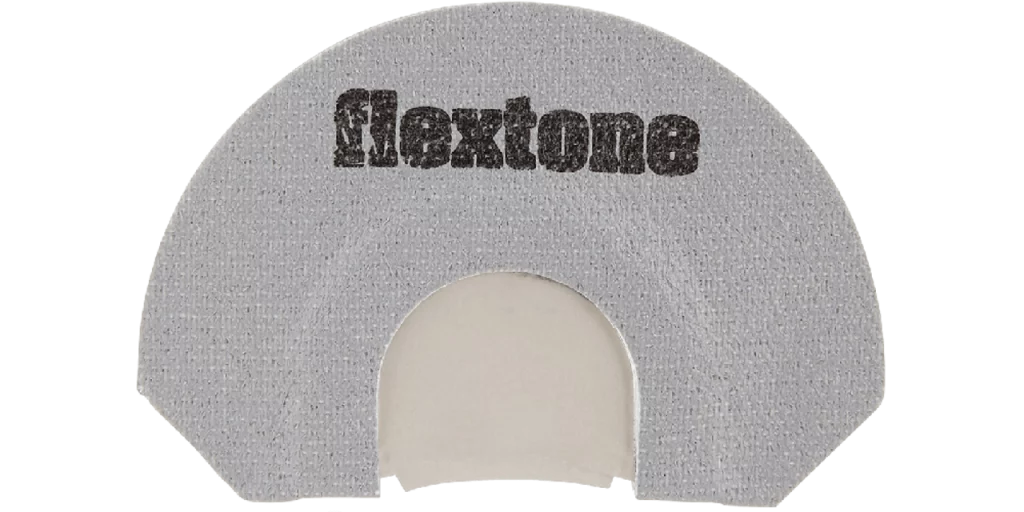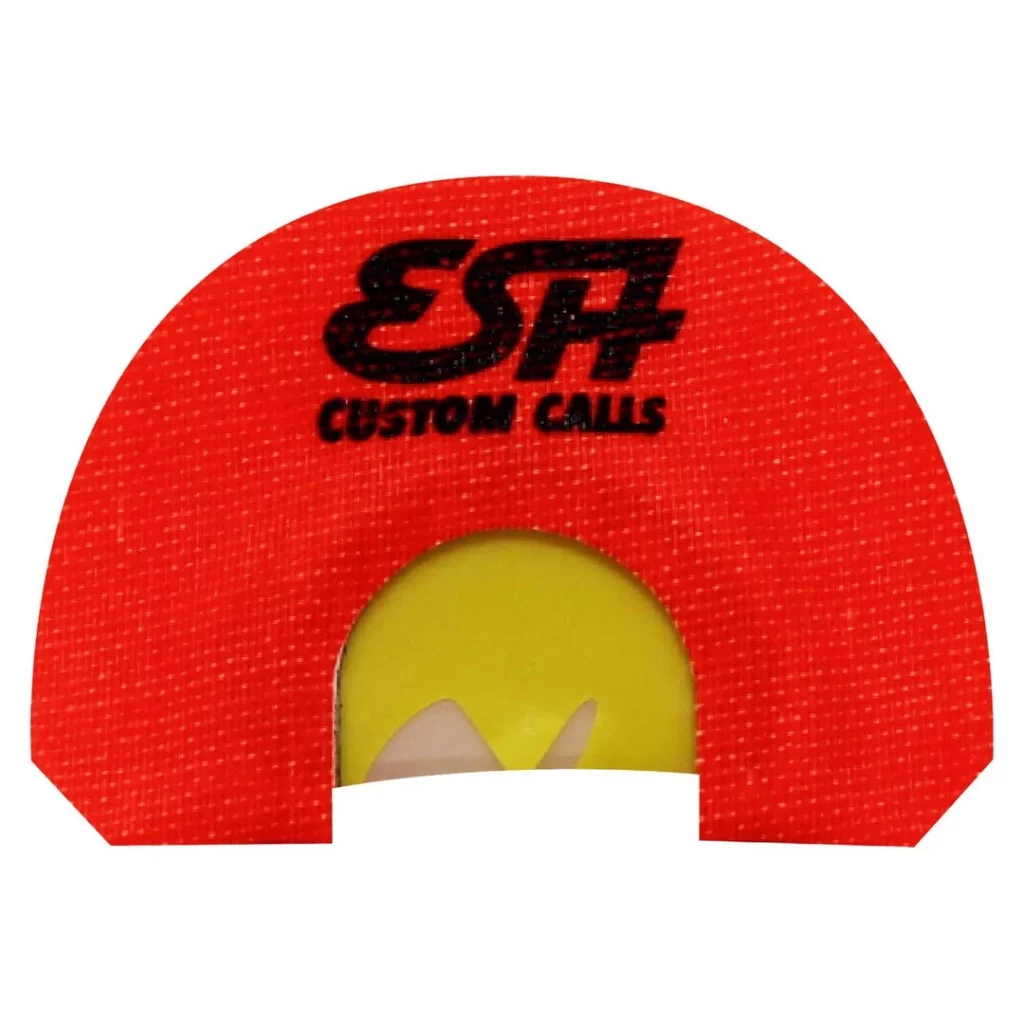Mouth Call Sounds And Types
Learning to use a mouth call can be challenging when starting out.
As a young turkey hunter, I would spend hours trying to master moving the air over the reeds of the call to produce that perfect sound. Every few tries I would get what sounded like a turkey yelp to come out, but there was no consistency in my calling. To say I became frustrated is an understatement. But like with anything you’re trying to learn, practice makes perfect. With a lot of determination and some time, I got my calling to sound like a turkey consistently. Not competition-worthy calling, but enough to fool an old tom in search of a hen.
When talking about turkey mouth calls, there are several different types of reed cuts that are designed to produce several different sounds of a turkey from kee-kee runs to soft yelps. Depending on the reed cut, the call may have a raspier sound or the ability to be louder. There are several benefits to using a mouth call when turkey hunting, the main two being the ability to make several different sounds with one call and the ability to be hands-free while hunting. This is beneficial when you are calling a tom into your location, as it allows you to be ready to take the shot with little to no movement. Let’s go over what a mouth call is made of, some of the main types of mouth calls available, how easy/difficult they are to learn, and what each is capable of.
The Parts of a Mouth Call
A turkey mouth call, also known as a diaphragm call, is made of three main parts: the frame, which is made out of metal or plastic; the reeds, which are mainly made out of latex; and tape that holds them together. Most mouth calls are handmade and can contain anywhere from one to four reeds. The fewer number of reeds in the call, the easier it is to use. More reeds equal more air needed to control the sound, and the harder it gets to operate. The reeds can have several different types of cuts; here are five of the main ones:
The Double Cut

The double cut is the least aggressive of all the cuts on a mouth call. This makes it the easiest of all the calls to blow air over when trying to call. Of all the mouth calls on the market I think this is the easiest call for beginners to learn. The only downfall to this call is that it is best suited for softer calls like tree yelps and kee-kee runs. A good example of a double cut call is Flextone’s Split Hen call.
The W-Cut

The W-Cut is the next step up in aggressiveness when it comes to the reed cuts. This call still has plenty of surface area to move air across making it another easy call to learn. This call offers a little more in terms of calling with the ability to yelp and cluck. It is the perfect call for yelps, from quite to loud, and offers more rasp than the double cut. WoodHaven’s Ninja Venom call is a great example of a W-cut call.
The Split-V

Next up is the split-v reed cut. A good example of this call is the Ninja V by WoodHaven calls. This call offers the perfect level of rasp for most hunting scenarios. With the ability to yelp easily at longer distances, it allows you to call in toms from a distance. As the tom gets closer, it is easy to dial it back making softer calls when it matters most. This call is a little harder to master then the previous calls but with some practice you should be calling in birds in no time.
The Batwing

WoodHaven’s Redwing call is the perfect example of a batwing call. This call is a great all-around call to master. It offers plenty of rasp for your yelps when calling with the ability to make most all other sounds like a cluck and kee-kee run. Unlike some of the above calls, this one takes some practice to master. It’s an easy call to blow but it’s hard to control the sound. Once masted it’s a perfect all-around call.
The Cutter

Cutter calls like ESH Custom Calls’ Touch Point call are the most difficult call to master. They are also the loudest and most raspy of all the calls on this list. The unique reed cut on this type of call makes it hard to control the sound coming from the call. Once mastered it will be your go-to call, especially if you run and gun for gobblers.
One tip I would like to offer when shopping for calls: find companies that make quality calls like the companies mentioned above. I have tried several different types of calls over the years, and I have found that if you spend a few extra dollars on a mouth call, they sound better and they are easier to learn. I credit this to the high standards these companies use when producing their calls. Most of them also have dedicated calls just for beginners.
CONNECT WITH US
National Wild Turkey Federation
770 Augusta Road, Edgefield, SC 29824
(800) 843-6983
National Wild Turkey Federation. All rights reserved.
